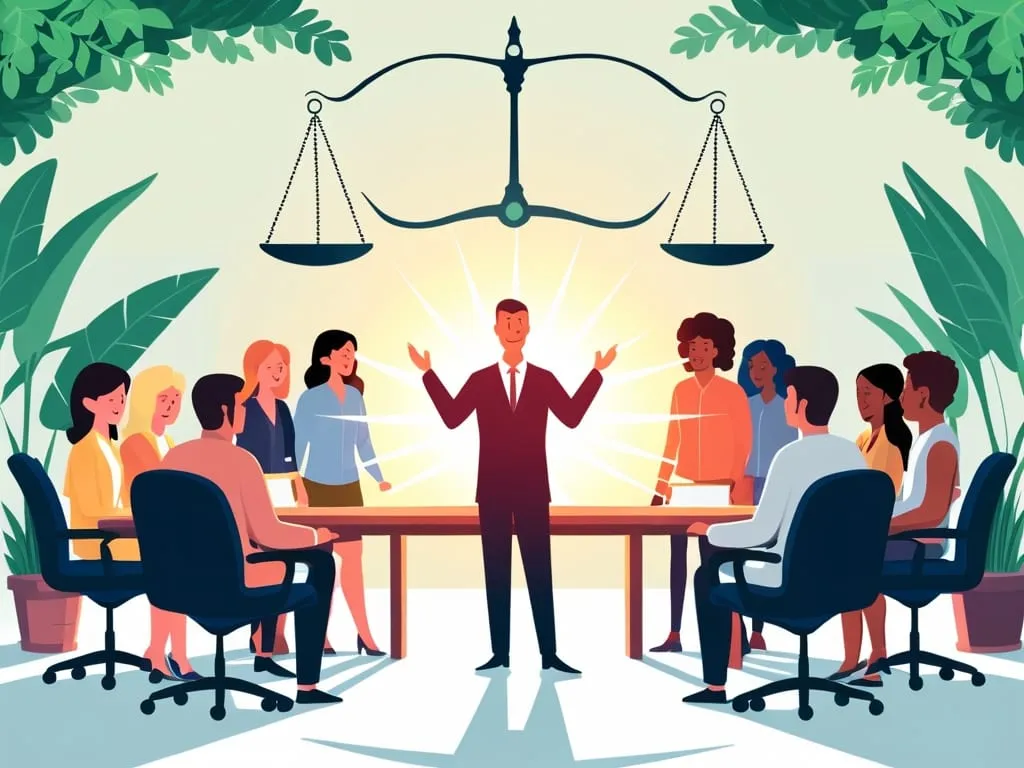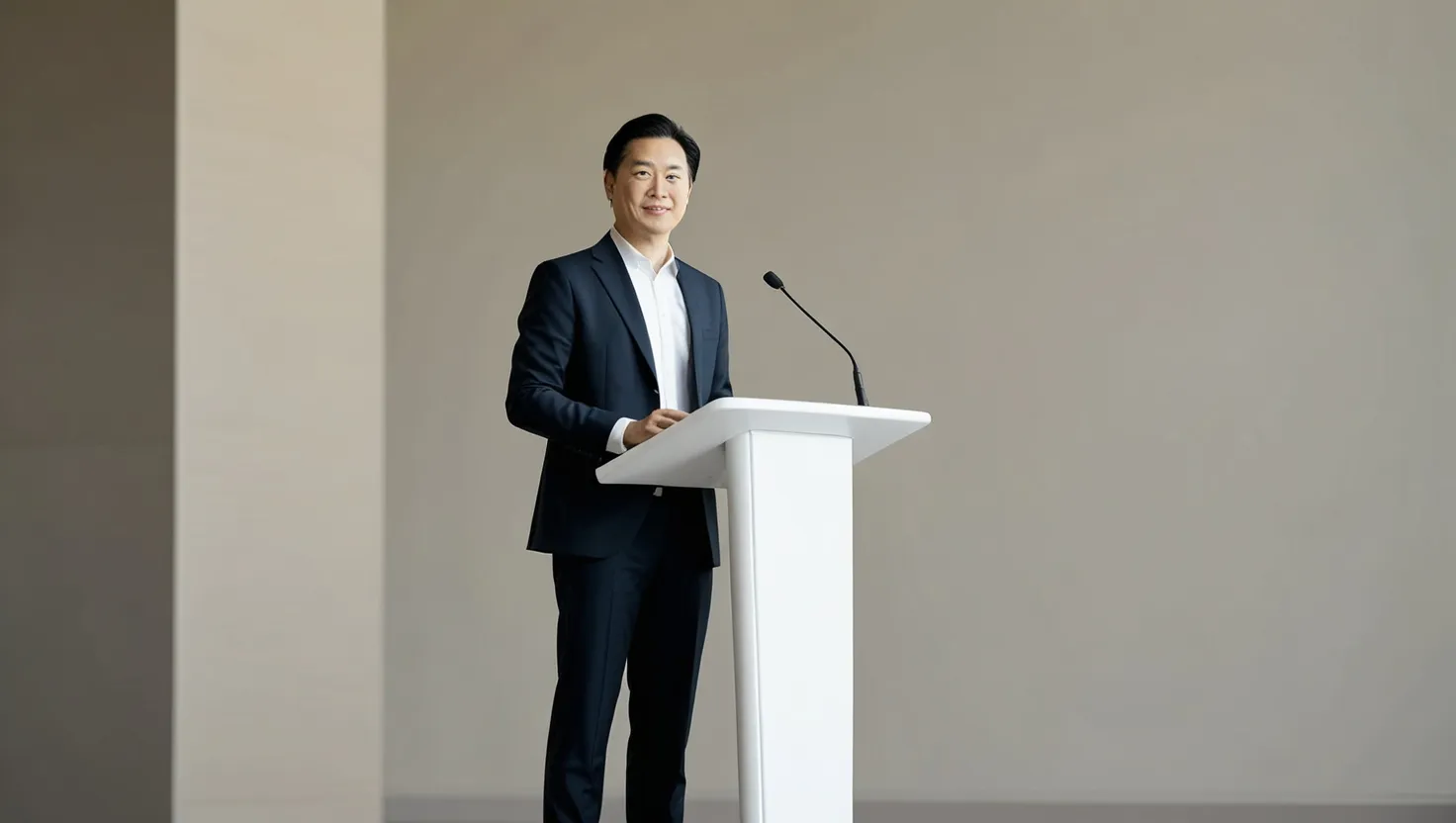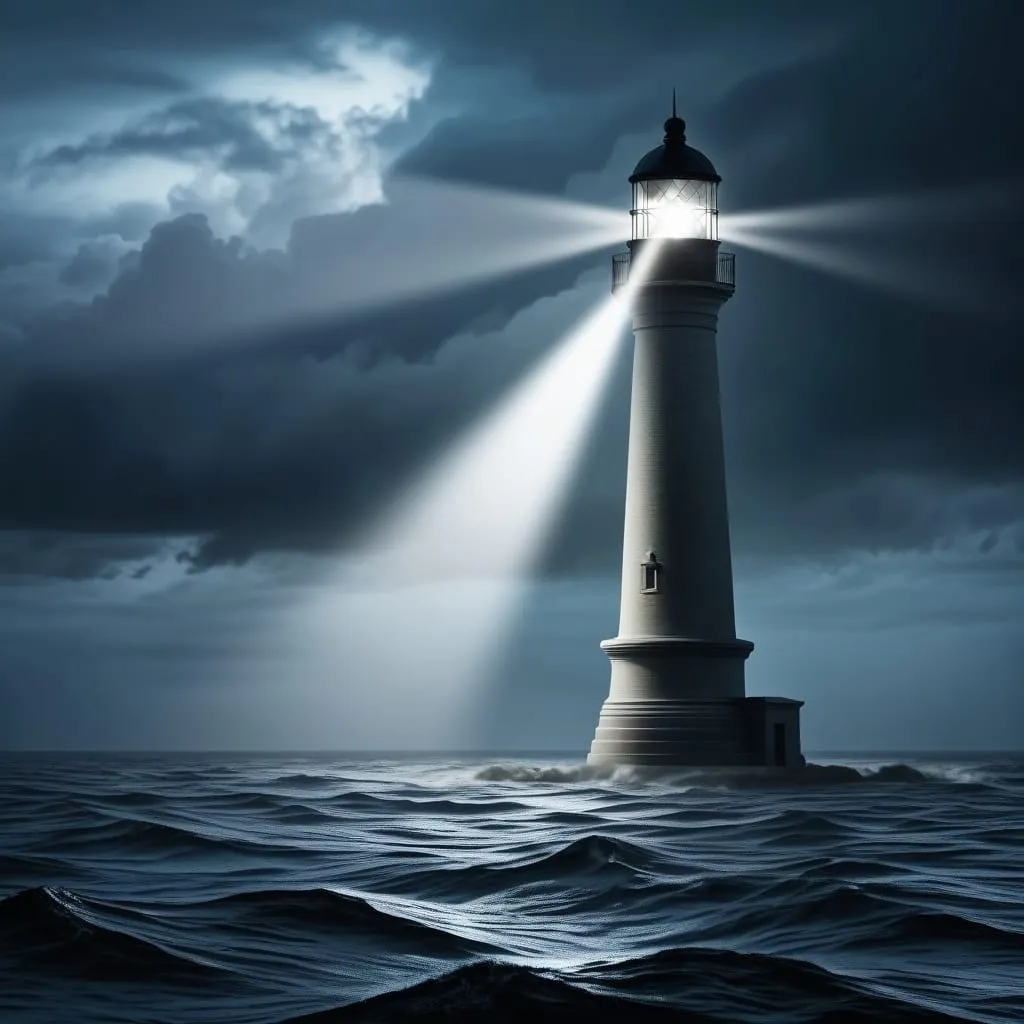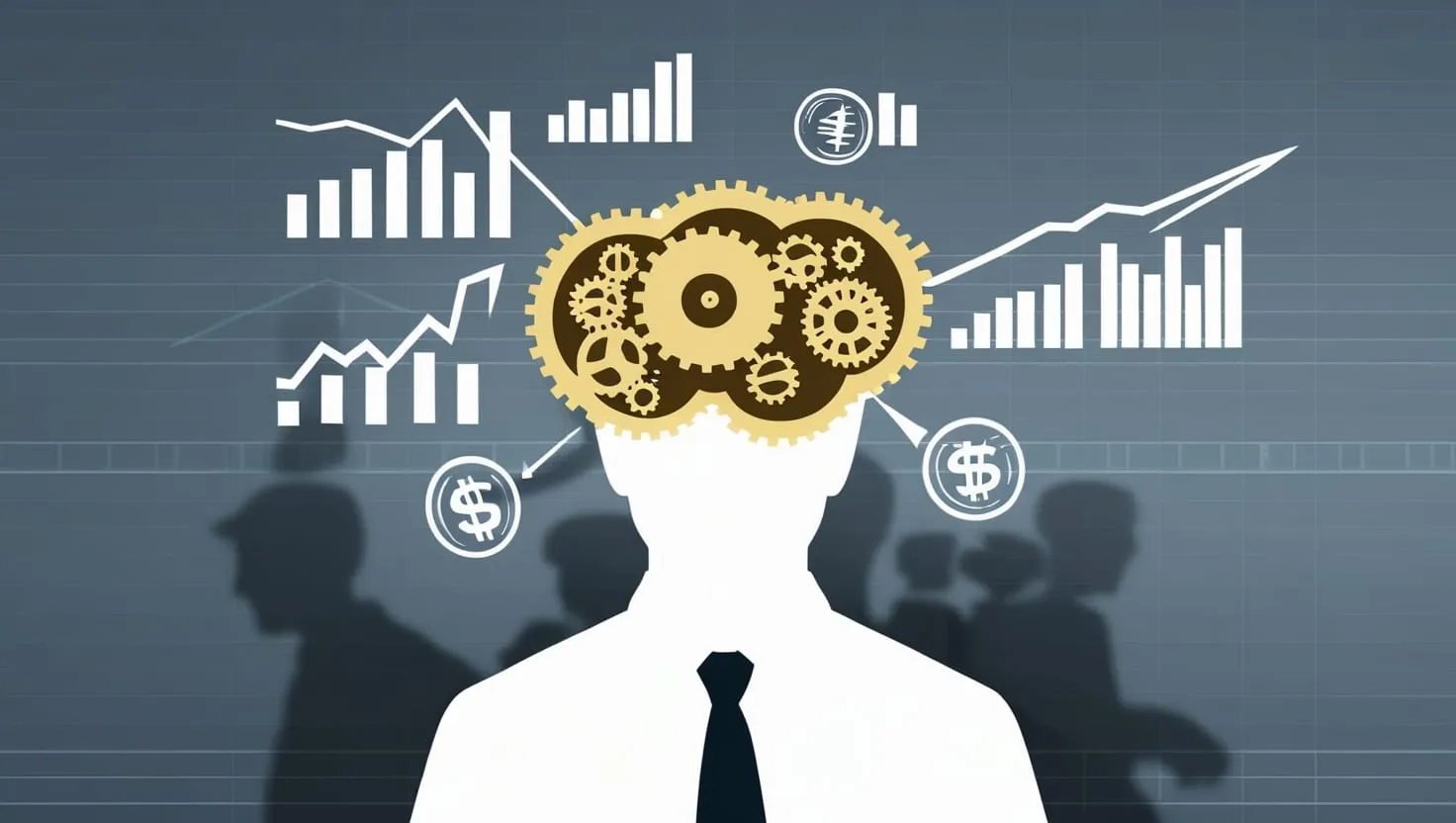Leadership Fatigue: Navigating the Post-Pandemic Workplace
The world of work has changed dramatically since the pandemic hit. Leaders are facing a whole new set of challenges, with leadership fatigue topping the list. It's not just about being physically tired - this exhaustion runs deep, affecting the mental and emotional wellbeing of leaders and rippling through entire organizations.
So what's causing all this burnout? Well, the pandemic threw us into a world of constant uncertainty. Leaders have had to juggle remote teams, make tough calls on the fly, and carry the weight of everyone's worries on their shoulders. It's like being on call 24/7, with no real chance to switch off and recharge.
But here's the thing - fatigue doesn't have to be the new normal. There are ways to tackle this beast head-on, starting with something called "bounded optimism." It's about striking a balance between inspiring hope and staying grounded in reality. Leaders need to paint a clear picture of what's going on and how to respond, helping their teams build confidence and stamina for the long haul.
Being open to changing course when things aren't working out is key. Nobody's got all the answers, and admitting when you've made a wrong turn can actually build trust and help everyone move forward together.
One of the most powerful tools in a leader's arsenal is the ability to really listen. And I mean really listen - not just to the words, but to the emotions and unspoken concerns behind them. Some execs are taking this to heart with "listening tours," where they hold virtual focus groups and open up about their own struggles. It sends a powerful message: "Hey, it's okay to not be okay."
Setting boundaries is crucial for avoiding burnout. It's about figuring out what's truly urgent versus what's important, and making sure the important stuff doesn't get trampled by the daily firefighting. Building a strong bench of talent through coaching and mentorship is another smart move. It spreads the load and sets the organization up for future success.
A lot of organizations are struggling with poor structure, which only adds to the fatigue. Leaders need to take a hard look at what's missing in their setup and redistribute tasks that don't actually need their direct input. Having a solid support system and a backup plan can be a lifesaver when things get tough.
The workplace has changed, and leadership styles need to keep up. Remote and hybrid work models are here to stay in many industries. For those on the front lines who can't work from home, showing genuine appreciation can make a world of difference. A surprise lunch or bonus can go a long way in making people feel valued.
Burnout is a real concern in the post-pandemic world. Work-life balance has taken a hit, and negativity can spread like wildfire if left unchecked. Leaders need to be proactive in encouraging employees to use their vacation time, take advantage of professional development opportunities, and prioritize their mental health.
Neuroscience offers some fascinating insights into managing burnout. Emotion regulation, empathy, and metacognition (fancy word for thinking about thinking) can all play a role in creating a positive work environment. It's about fostering trust, creating a safe space for people to be themselves, and helping everyone make better decisions.
Recognizing the early warning signs of burnout is crucial. Poor sleep, lack of motivation, irritability - these are all red flags that shouldn't be ignored. Taking time to reconnect with your purpose and mission can help reignite that spark and push through tough times.
Delegation is an art form that every leader needs to master. It's not about dumping work on others - it's about empowering your team to grow and take on new challenges. Share your vision, and watch as people step up to the plate with renewed energy and motivation.
Building resilience and adaptability isn't just good for individuals - it's essential for the whole organization. Companies that invest in their people's wellbeing and energy see better productivity, more innovation, and higher profits. It's a win-win situation that sets everyone up for success in an unpredictable world.
The changes we've seen are here to stay, so leaders need to inspire their teams to embrace the new normal. This might mean redefining what "work" looks like, whether that's through flexible arrangements or focusing purely on results rather than hours logged. By tapping into their empathy and creating a supportive culture, leaders can drive better outcomes and set their organizations up for long-term success.
Managing leadership fatigue in this new world of work is no small task. It requires a shift in mindset and a willingness to try new approaches. From practicing bounded optimism to really listening to your team, from setting clear boundaries to building a resilient workforce - these are the tools that will help leaders navigate the choppy waters of the post-pandemic workplace.
Remember, leadership isn't just about ticking boxes and meeting targets. It's about inspiring and supporting the people who make your organization tick. By taking care of yourself and your team, you're laying the groundwork for a brighter, more sustainable future.
So take a deep breath, check in with yourself and your people, and don't be afraid to shake things up. The world of work is evolving, and with the right approach, we can evolve right along with it. Here's to building stronger, more resilient organizations - one leader at a time.






